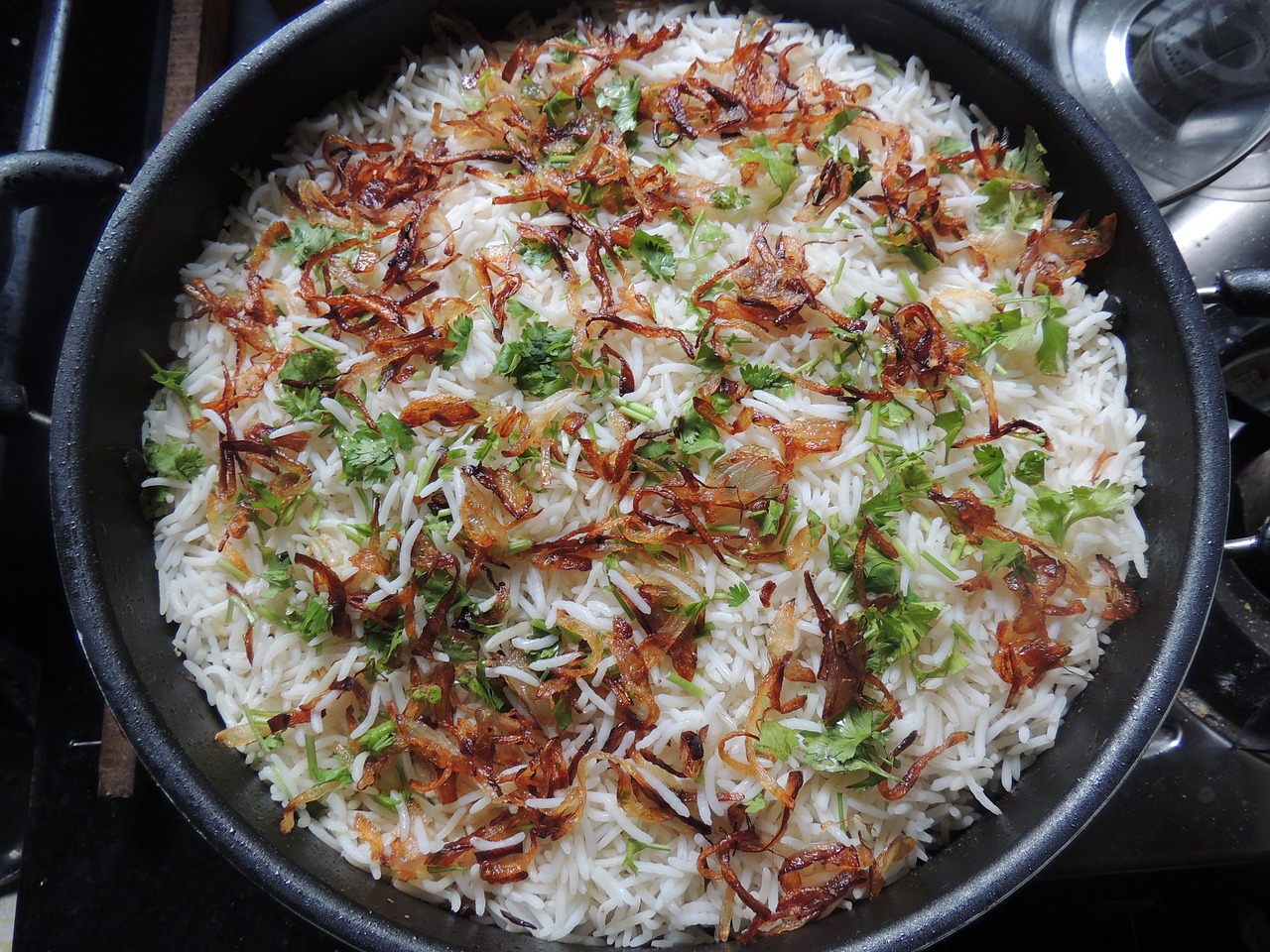With a population second only to that of China, spread out among 28 states and seven territories, it’s no wonder that India offers some of the world’s most diverse cuisine. Depending on where you are in India, the food you’ll encounter is determined by the predominant religion, as well as the influences of other cultures that have settled in India—Indian food has been influenced by cultures such as British, Portuguese and Arabic.
Basics of Indian Food
While Indian food varies widely according to region, there are some basic similarities no matter where you go. In general, most meals have a base of rice or bread, topped with a dish that’s heavily spiced for both flavor and aroma. Most food is homemade: cooking is an art form passed down through the generations. And while vegetarian cuisine is commonly associated with India, whether or not meat is found in the food depends on the religion of the cook. For example, Hindus will not eat any type of beef, while Islamic Indians avoid pork. In the ultra-conservative Jain faith, food is vegetarian, and lacks onions and garlic.
Cuisine by Region
The food in India largely depends on where you’re located – but no matter where you are, you’re bound to find something to tickle your taste buds. Here’s a general idea of what you can expect in each region:
North: This region’s proximity to Asia makes central Asian influences prevalent in both the cooking and culture. The climate is conducive to fresh fruits and vegetables, and dishes reflect this abundance, with a wider array of vegetarian dishes than you’ll find elsewhere. The Kashmiri and Mughlai styles of cooking are most popular in this region. The curries are generally thick and creamy, and far less spicy than in the rest of India. Bread is more common than rice in the north, especially naans and tandoori roti, kulchas, and stuffed parathas. Dairy products, especially cottage cheese, are staples in northern Indian cuisine.
East: East India is home to the country’s beaches, as well as Cherrapunji, the rainiest place in the world. As a result, the conditions in east India are ideal for growing rice, making it a staple for many dishes in this region. Heavily influenced by Chinese and Mongolian food, cuisine in east India is simpler than that of the rest of the country, with most foods cooked by either steaming or stir-frying. The proximity to the coast makes seafood a popular choice, although further inland, pork dishes are common. You’ll also find a wide variety of desserts in east India, many of them dairy-based.
West: West India is hot and dry, and the population is predominantly Hindu. This means that compared to other regions, the variety of produce is much smaller, and most vegetables are preserved, usually in chutneys or pickled. West India is also largely vegetarian. However, despite these constraints, west India has the widest variety of cooking styles. Rajasthani food is generally spicy and sometimes contains meet, while Gujarat food is sweeter and exclusively vegetarian. Coastal areas in western India cook in the Malvani style, with fresh coconut based curries using meat and seafood, while Goan food has strong coconut, vinegar, and chili flavors.
South: If spicy food is your thing, then southern Indian food is your best bet; it’s the spiciest in all of India! Always served with rice, thanks to south India’s wet, coastal climate, southern Indian cuisine includes a wide variety of dried and fresh curried vegetables, and is generally either vegetarian or seafood-based. For the spiciest Indian food, head to Tamilnadu for Chettinad cuisine. For seafood, Kerala is the place to go, as the Malabari style of cooking is heavy on seafood recipes.
It would take an epic journey to explore all of the diverse flavors and styles of Indian cuisine. Even within the various regions, styles and recipes vary: the curry you have in Goa is going to be very different from the curry you have in the Bengal region. As you travel around India, be open to new flavors and experiences and enjoy the gastronomic adventure that the subcontinent has to offer.
This guest post article was written and provided by Erica Gustafson who is a freelance digital media consultant and travel writer. She enjoys traveling throughout India and writing about her experiences. Image by Dèsirèe Tonus



